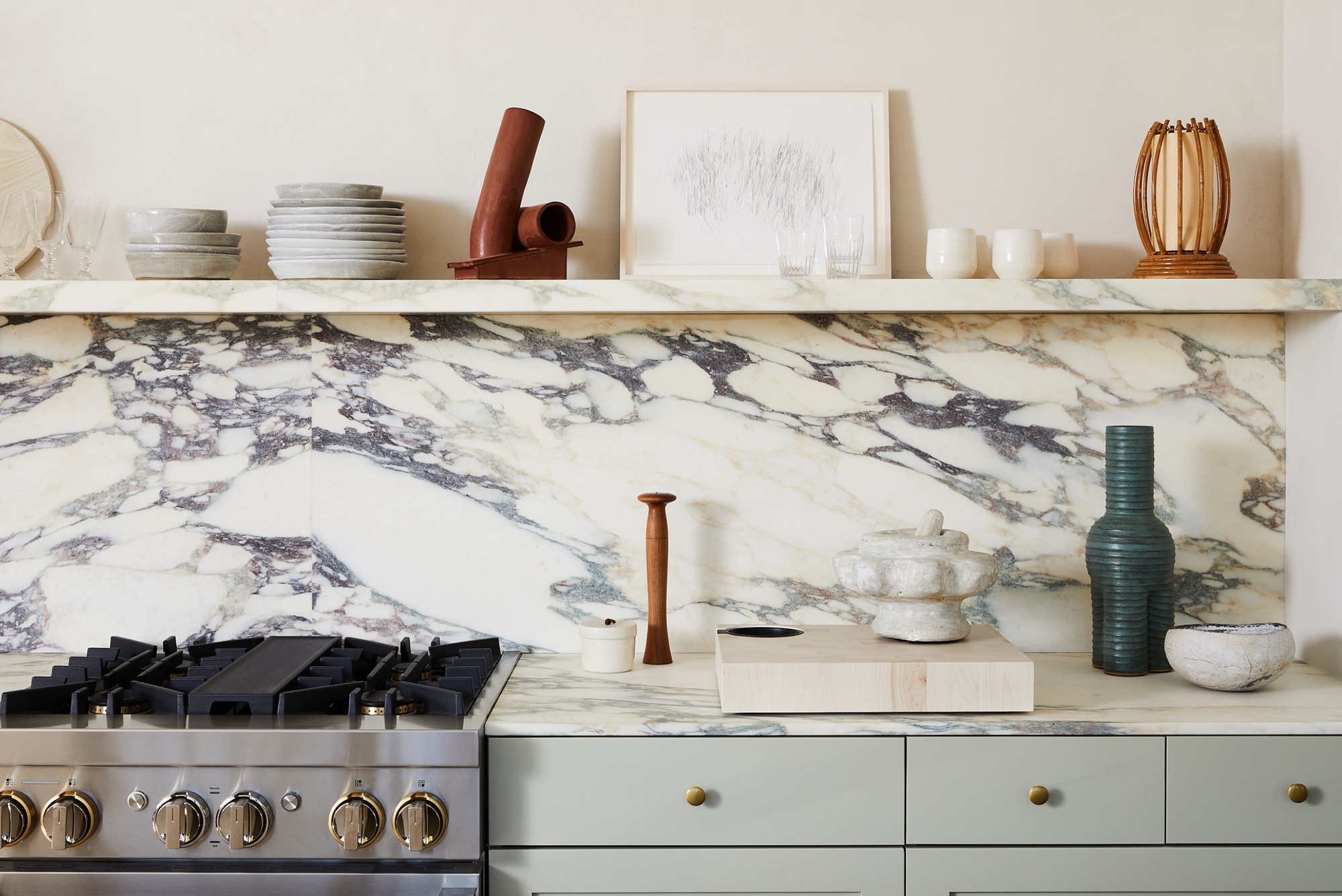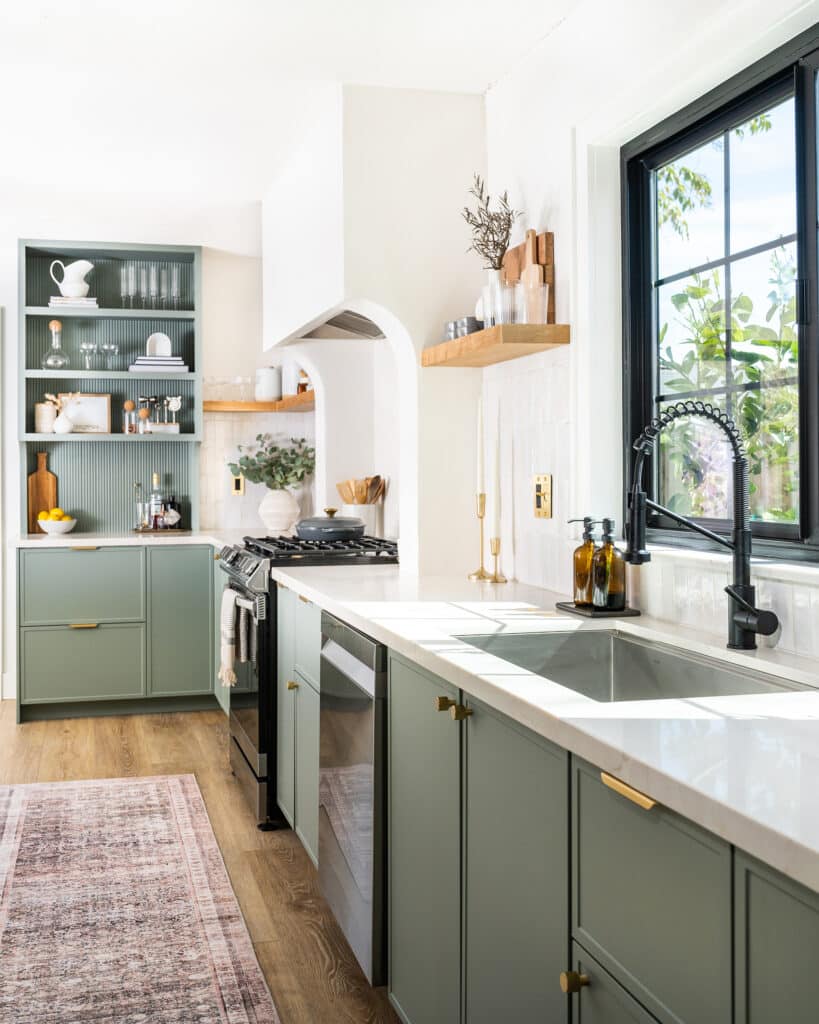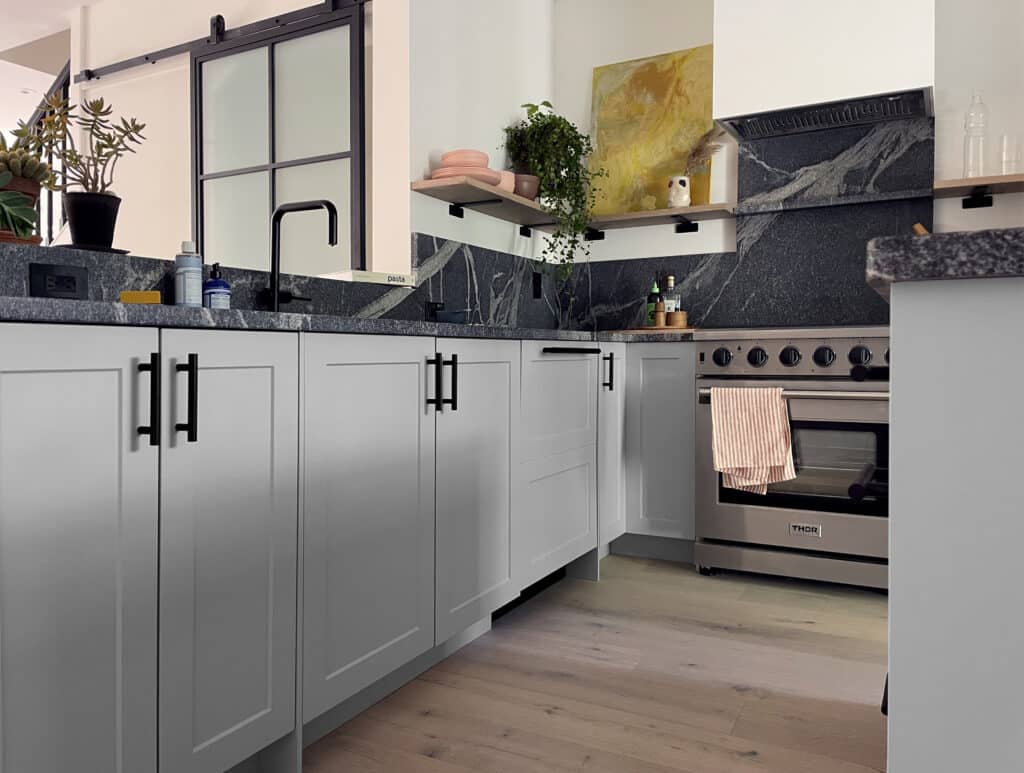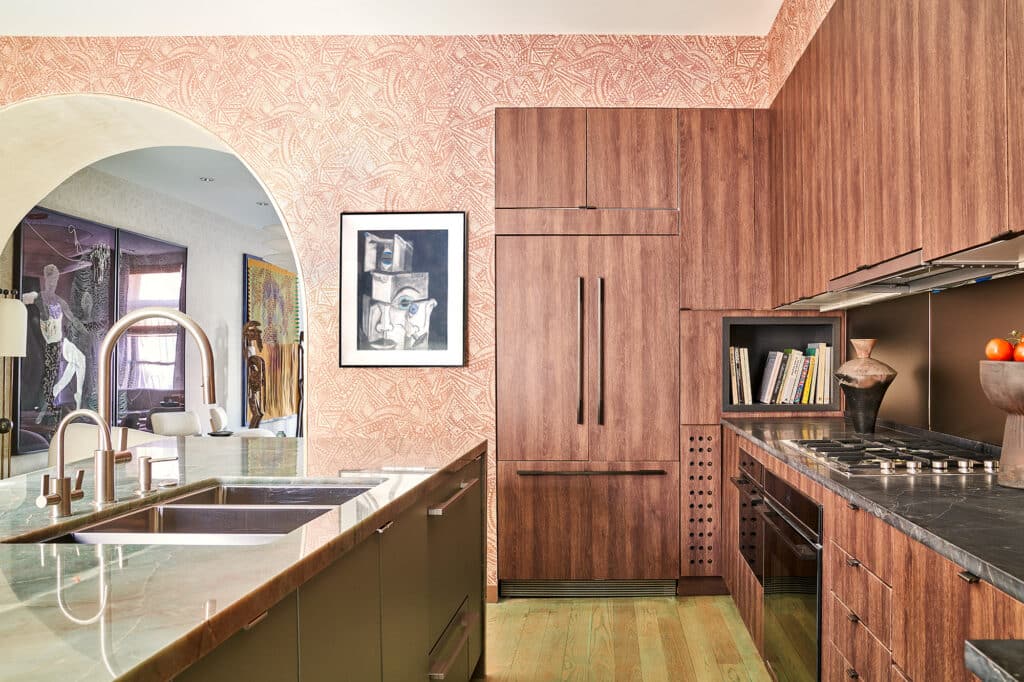What do Roman statues, the Taj Mahal, and high-end kitchens have in common (other than serving as prime examples of beauty)?
They were all built with marble. Just the word connotes a sense of luxury, and for good reason: the stone is one of the more expensive on the market. Unlike other surfaces (ahem, Formica), marble has stood the test of time. And not just from one decade to the next, but over entire civilizations.
Metamorphosed limestone is found all over the world, but the most common (and popular) varieties are quarried in the mountains above Carrara in northern Tuscany. These stones are old—they were formed 200 million years ago. Here’s how it all started (and how we got to where we are today):
Loved by the Ancients
Not only is marble geologically old, but it also has a long pedigree. It was adored by both the Greeks and Romans. In Ancient Greece, the prized stone was the chosen building material for gods and was used for their most prestigious religious buildings. Roman emperors, who believe they were gods, used it liberally in their palaces.
While the Greeks relied on white and off-white stones found locally, the Romans had a much larger territory to quarry. As its empire expanded and more exotic varieties ( black, gray, green, red, yellow, and blue) became available, the Romans used the material everywhere they could. And where they couldn’t afford stone, they painted lookalike patterns on every surface.
It Wasn’t Just All White
Speaking of, our modern vision of pristine white marble buildings and statues is completely false. Not only were the Romans obsessed with multi-hued stones, but they also appreciated the material because it could be easily painted. Even the Parthenon in Athens was once brightly colored. And those white statues that line museum halls? They all had painted details.
Palaces Around the World
Century after century, if you wanted to convey luxury, you looked to marble. Hardly a palace in Europe was built without it. And it wasn’t only Europeans who were crazy for the high-end stone. Perhaps the greatest example is the Taj Mahal. The all-white mausoleum was built in the 17th century to house the tomb of Mughal emperor Shah Jahan’s favorite wife (who died at age 38 during the birth of the couple’s fourteenth child).
A few hundred years later, the “new” money entrepreneurs of the post-Industrial Revolution in both Europe and America turned to the material to signal their social arrival. When Alva and William Kissam Vanderbilt constructed their summer house in Newport Rhode Island, they spent $7 million (out of the home’s $11 million total costs) on marble alone. When it came time to name the home (as was the custom in the area), there was only one fitting moniker: The Marble House.
Those white statues that line museum halls? They all had painted details.
A Shift to the Kitchen
So how did we get from the Taj Mahal and Newport mansions to today’s countertops? Historically, kitchens were less built-in and instead pieced together with furniture (think old Hoosier cabinets), tables, and free-standing sinks. This was not a room for entertaining. It was purely utilitarian.
The first shift came in the 19th century, when Gilded Age Americans had a lot of money to spend, even on functional rooms. Soapstone and slate were plentiful in Northeast quarries, but marble was also a favorite for those with deep pockets. It was particularly appreciated by pastry chefs who appreciated its cool surface for rolling out dough (rolling pins were made out of marble for this same reason). In Britain, stone was also often used to line pantry shelves that kept perishables cool.
All Out in the Open
But the real move into the world of luxe building materials occurred when the kitchen became the most important room in the house. Before the 1930s, food (in middle-to-upper class homes) was prepared in a closed kitchen and then brought to a dining area. Putting fancy materials into a utilitarian room would be like putting high-end tile in your garage.
In the mid-20th century, floor plans opened up and the kitchen became a central part of the home. It was a gradual shift, but 50-plus years later, an entire TV network is now revolving around knocking down walls and converting chopped up layouts into open living spaces. With the modern kitchen on display, backsplashes and countertop surfaces became as important as hardwood floors and stone coffee tables.
The Return of Imitation Marble
Today, marble is still a top choice for kitchens. However, the stone’s soft and porous nature, which once made it a coveted choice for sculptors also means it’s susceptible to scratching and staining.
If the thought of seeing every watermark or wine stain on your precious island is stress-inducing, don’t worry. As the demand for marble has increased, technology has kept pace. There are now methods for sealing the porous stone which prevents staining. For those looking for something even sturdier, manufactured alternatives like quartz or even linoleum can give the look for a lot less.
But if you choose to go the authentic route and can hang on through the stone’s awkward teenage phase of random stains and etching, you’ll end up with a patina reminiscent of a Roman palace. Considering it’s a look that has been in vogue since the 8th century BC, you can be assured it has some staying power.
References
Lemieux, Christiane. The Finer Things: Timeless Furniture, Textiles and Details. New York: Potter.
Mannoni, Luciana and Tiziano. Marble: The History of a Culture. New York: NY. Facts on File Publications.








